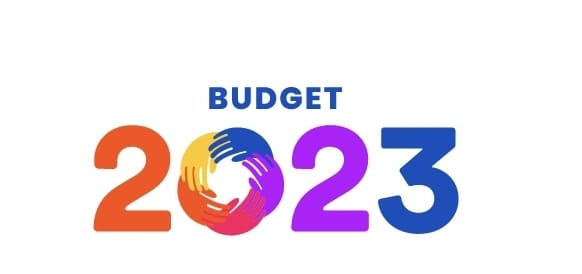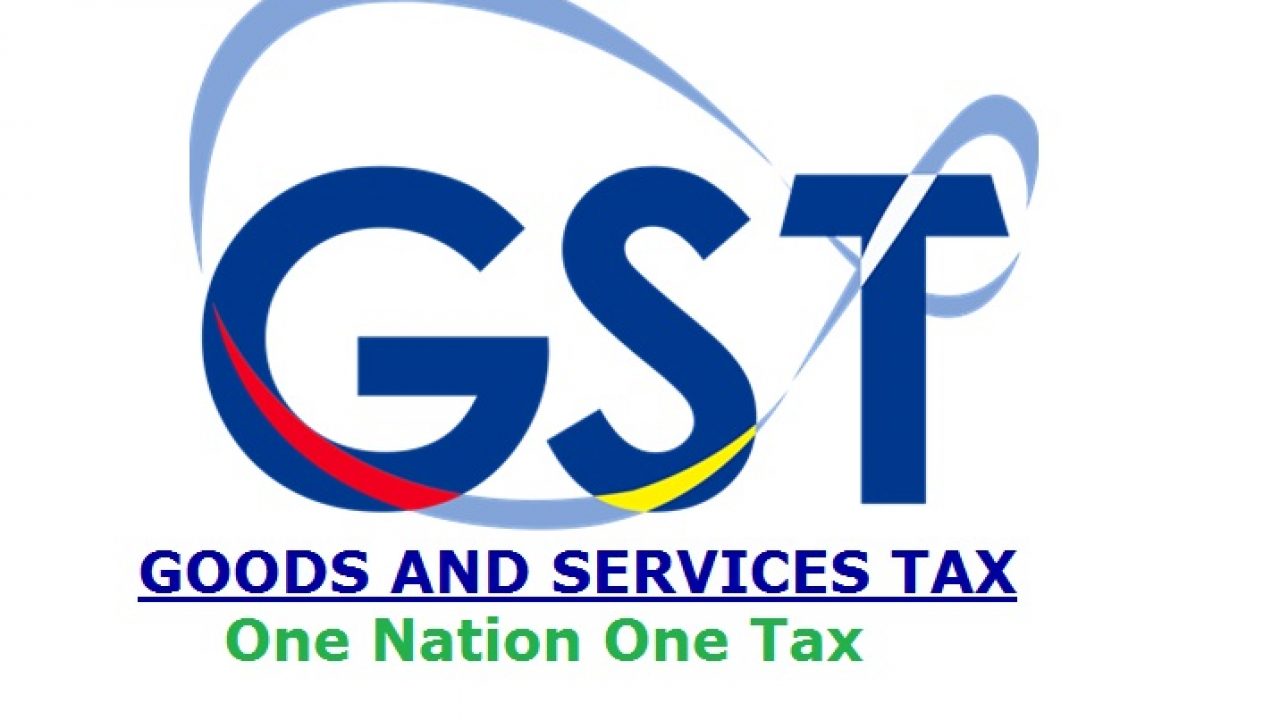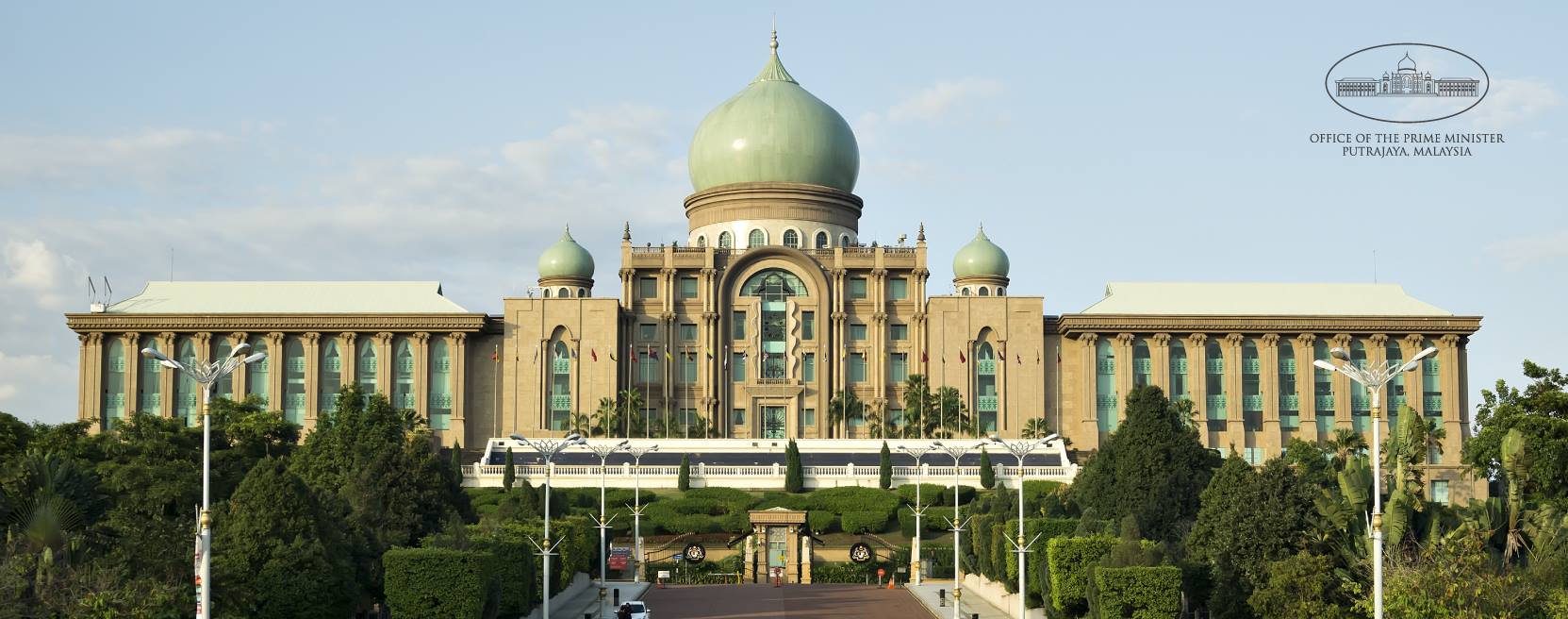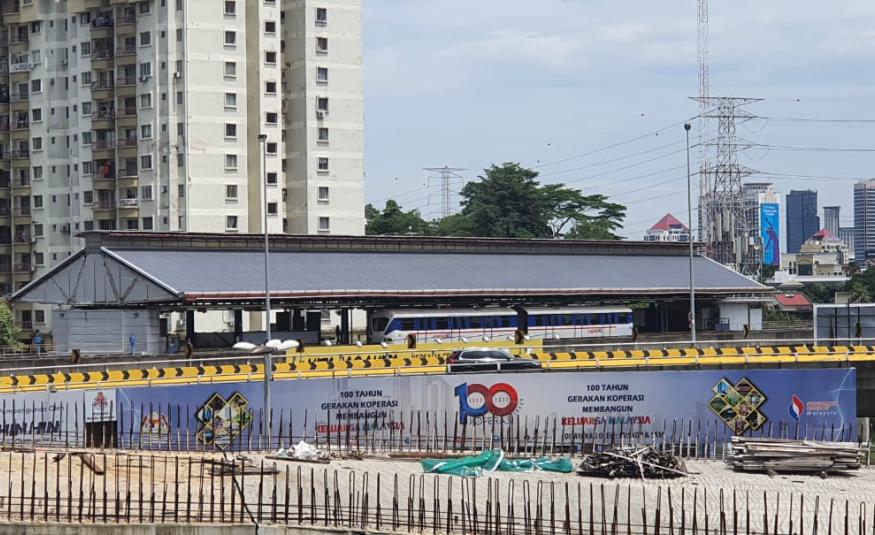THE 2023 budget will be a challenging budget that needs to cater for economic recovery in post pandemic.
Coupled with the prediction of gloomy world economic outlook for 2023, rising inflation globally and going by the development of the impending general election, I hope it is a responsible budget that addresses the needs for all socio-economic factors.

The economy is not expected to be robust but predicted to be a recession year, then Budget 2023 should be a recession resilient budget.
Further the last year Budget 2022 was an expansionary budget. With the tightening monetary policy that raises interest rates and reducing borrowings to tackle the inflation, we need to see what the Government’s approach is to achieve a balance budget for 2023.
In the first 4 months to April 2022, from the allocated budget of RM332.1 billion in 2022, the Government spending was only 35.2% which accounted for RM116.9 billion. The amount spent for development expenditure was RM23.2 billion from allocated amounts of RM75.6 billion.
The expenditure would create multiplier effect to stimulate the economy and raise the tax revenue. We would like to see more developments in the pipeline to create multiplier effect for the economy to counter the effect of gloomy economy.

New Tax Measure – Cukai Makmur
The prosperity tax or ‘cukai makmur’ was a one-off tax measures introduced last year budget. The business that has chargeable income in excess of RM100 million is subject to tax at 33% which is higher than the prevailing corporate tax rate of 24% .
The initial projected tax revenue was RM3 billion from Cukai Makmur. However, it is now reported to have exceeded its target. It is uncertain whether this one-off tax measure would continue for another year as it has boosted the tax revenue. We may see the pushback from the businesses if it is continued but I think it is unlikely for the Government to do so.
New Tax Measure - GST
In this Budget, we do not expect new tax measure is introduced despite much sought-after re-implementation of GST. Instead, alternative measures to counter the tax leakages is being addressed both by the Inland Revenue Board and Customs.
However, it is imperative that the Government convey the indicative date to implement GST.
Introducing new tax measures will always be politically challenging for any Government but it must be taken to address the tax gap so that more tax revenues could be raised to support the economy.
I, personally feel that both sides of political divides should be open and support the GST implementation.
We, in MATA has taken a prudent approach that year 2024 is the right time for GST to comeback. This would give ample time for the businesses and Rakyat to prepare for GST.

In the interim, the Government needs to take appropriate measures to correct the weaknesses in the previous GST system. The improvements are the timely refund of input tax to businesses, review the exempt supply for many goods, aligning the GST and income tax laws so as to not burden the business as well as ensure the Rakyat benefited from the GST.
Despite the weaknesses, GST is nevertheless a good tax system and helps to widen the tax base. It can be used as a recession proof and is good to address the tax gap. 4% tax rate is an ideal rate to start with. The personal and corporate tax rates can be reduced over time after the GST implementation.
If we go back years ago, the Government made a right decision by shifting the tax collection policy from direct tax to indirect tax. To recap, in the first year of implementation, the indirect tax revenue was RM44 billion mainly supported by GST. In contrast, SST has only raised RM27 billion to Government coffers.
Plus, the SST has its own weaknesses in addressing the tax gap and the cascading effect lead to high taxes imputed borne by consumers and not solely 6% SST as widely perceived. GST is taxed only on the incremental value in the supply chain and is more transparent to consumers and businesses.
Interim Measure to address the Tax Gap
The Government intended to implement e-invoicing system for businesses, aiming is to improve the tax efficiency and collection of tax revenue.
The Government may make it mandatory for e-invoicing system to be used by businesses. Then, it must give appropriate time and incentive for businesses to transition from manual invoice to e-invoice system.
The SME and small businesses obviously need support in term of funding and guidance on this e-invoicing. Thus, sufficient fund is allocated for this group.

Tax Incentives and reliefs
We also expect to have some reliefs and incentives are extended as most businesses and individuals are still recovering from the COVID-19 pandemic.
The current tax relief of RM4,000 should be increased to RM7,000 for EPF contributors to promote savings and to top up the depleted savings due withdrawals of i-Lestari, i-Sinar, i-Citra and the special withdrawal. The total withdrawal was reported to be around RM145 billion.
As for employers, the incentive is already there. The tax deduction is given for employer contributed for employees up to 19% of the employees’ remuneration.
This is 6% more than the current statutory rate of 13% for employer’s portion. However, it is unlikely that employers are ready to contribute more than 13% on a voluntary basis. Therefore, the individual employees should take proactive steps to increase their EPF savings.
EPF should also look into divesting more in strategic investments to generate higher returns to the contributors. – DagangNews.com










